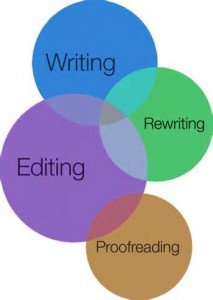Commonly Confused Words: A Couple, A Few, Some, Several, or Many?
In three previous posts (here, here, and here), I’ve addressed some commonly confused words and how to choose the one that expresses what you really mean. Talking about those posts with some friends prompted this one: what’s the difference between a couple, few, some, several, or many? For example, if someone tells you have a few options, how many do you have? Three? Four? More?
A couple: Everyone seems to agree that “a couple” means two. If you have a couple of options, you can safely assume that you will have to choose between A and B, and only A and B.
A Few: Here’s where things tend to get confusing.


